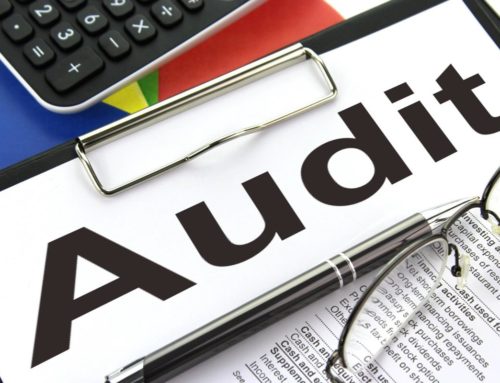Rising business receivables can be a sign of a growing, prosperous company – or of troubles ahead. How can you know if your receivables are right-sized for your business?
Start by breaking down the numbers. A report of your receivables listed by age will give you the information you need. Track the percentage of invoices paid late and compare the information to that of past years. Benchmark your statistics with those of your industry peers and look at the amount of unapplied or unreconciled customer payments.
Do you notice an issue with too many receivables? A receivables problem can be symptomatic of a defective accounting system. Are customer payments posted to the proper accounts accurately and timely? A delay in updating your records will make receivables collection less efficient. Are late notices sent to customers quickly and regularly? Is staff following up on outstanding bills? Perhaps your collections team needs training to beef up skills.
Your sales procedures can also cause problems. For example, extending credit to a borderline customer is a temptation that can result in painful losses. Create a consistent credit application process for your business. Make sure credit limits conform to company policies and that they are strictly enforced. Check bank and vendor references where appropriate.
What can you do before year end to address past due customer invoices? Here are three tips.
- Double down on your collection efforts. Take advantage of the fact that your customers are likely flush with cash from seasonal sales.
- Pay collection-related costs before year end. This ordinary business expense can give you an additional tax deduction this year.
- If your business is on the accrual basis, consider writing off old invoices that you deem uncollectible. Bad debt expense can lower your taxable income.
Contact us for help in strengthening your receivables process and weeding out your problem accounts.






